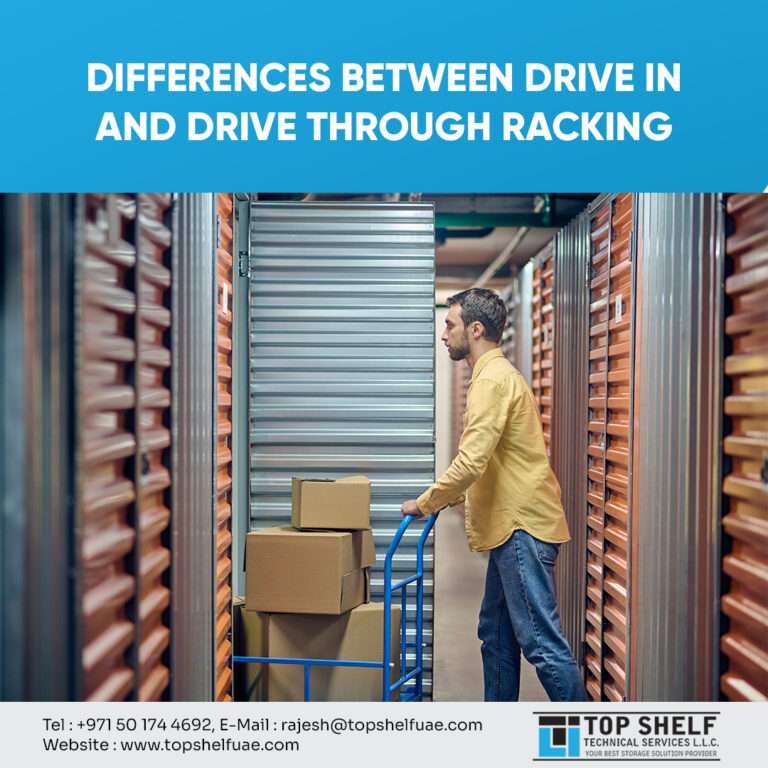
Choosing the right racking system is essential for optimizing storage space and ensuring seamless operations. There are two options when it comes to racking systems: drive-through and drive-in pallet racking. Each differs from one another in terms of compactness, accessibility, price, storage, and more.
1. Compactness through efficiency
The space-efficient design of drive-in racking features a series of lanes with continuous storage that allows forklifts to drive directly into the racks. The arrangement is often single-entry, with the last pallet placed being the first to be picked, followed by the Last-In, First-Out (LIFO) inventory rotation system. This racking system is ideal for businesses with large quantities of the same product, maximizing storage capacities and minimizing aisles.
2. Enhanced Accessibility and Rotation Options
Drive-through racking adds a layer of versatility as unlike drive-in systems, drive-through racking can feature entry and exit points on opposite sides that facilitate a First-In, First Out (FIFO) inventory rotation system. This design primarily enables forklifts to enter from one side to load, and the other side to unload. This racking system is the best for businesses dealing with perishable goods or those requiring frequent access to various pallets.
3. Optimizing Space
The main distinction between drive-in and drive-through racking mainly relies on balancing storage density and accessibility. Drive-in racking with its single-entry design excels in maximizing storage density but limits accessibility. On the other hand, drive-through racking sacrifices density for inventory rotation options and enhanced accessibility. It trickles down to the specific needs and nature of the stored products.
4. Tailoring Solutions
The operational considerations between drive-in and drive-through racking are both different as drive-in systems are efficient for businesses with high-volume storage needs of the same product where accessibility is not a priority. Drive-through racking is suited for businesses that require a balance between frequent access and storage density to various products.
5. Weighing the Investment
Both the racking systems share similarities in terms of installation, drive-Through racking might involve higher costs due to the additional infrastructure that is required for dual entry points. The cost difference is justified by the increased flexibility and accessibility that drive-through racking provides.
Choosing between drive-in and drive-through racking systems comes down to the specific needs of the business. Drive-in racking maximizes storage density which makes it ideal for businesses with large quantities of the same product. Drive-through adds a layer of flexibility and accessibility that caters to businesses with diverse needs of inventory and rotation. Only by deciding the nuances of each system and deciding amidst racking suppliers can businesses make informed storage decisions.

